Knowing about sugar glider care is a must if you want to be successful in taking care of these marsupials that are native to the Papua New Guinea, Eastern Australia and some parts of Indonesia.
The sugar glider is a marsupial, which means that it gives birth to very immature offspring that it then nurtures in a pouch found in its abdomen, just like the kangaroo. This exotic animal has a furry membrane that extends from its ankle up to its wrists, called the patagium. This allows the sugar glider to glide through the air, which they do in the wild to move from one tree to another. A large big toe that is opposable is found on its hind feet, which allow the sugar glider to grip branches. Its other two toes is used as a grooming comb.
Sugar Glider Temperament
In sugar glider care, you need to take into consideration the fact that it is a very sociable creature and thus, crave for plenty of companionship. This allows sugar gliders to bond closely with their owners. If you can give them plenty of time and attention, you will be successful in keeping them as pets. You have to keep at least a pair of these exotic pets, ideally with the same sex, or a neutered male and a female. This will prevent them from breeding repeatedly. It is important to remember that introducing adults is hard so it would be best if you can start raising sugar gliders as young.
Sugar gliders are night creatures so they will become most active during the evening. They will normally be happy to spend time with you during daytime though while sleeping in a bonding pouch or pocket.
Sugar Glider Dietary Requirements
It is important to note that sugar gliders cannot eat fat and that 75 percent of their diet is composed of fruits and vegetables. The remaining 25 percent should be composed of protein. The foods that sugar gliders will like most are cantaloupe fruit jams, strawberries, carrots, raisins, peas, fruit jams, low fat deli ham, dried fruits, low fat turkey, pineapple, apricots, pumpkin seeds, peaches, almonds, sunflower seed, papaya, fruit juices, honey dew melon, grapes, blueberries, pears, oranges, sweet potatoes, corn, yams, squash, paw paws, peanuts, hard boiled eggs, assorted baby foods, high protein baby cereal, honey, mealworms, lams cat food, dog kibble and dehydrated fruits or vegetables. In the wild, much of the fluid needed by the sugar glider is taken from fruits but they must still have fresh water all the time.
Deficiency in vitamins can become a problem in sugar glider care. Thus, you should try to give liquid supplement in their food or drinking water. Do not try to deviate from the 75/25 diet ratio as this can be fatal to sugar gliders. Avoid giving them food with artificial colors or flavors and preservatives. It is important to note in sugar glider care that its diet is very specialized, which means that they can be a bit costly to feed. This is something that you should take into consideration when thinking of keeping sugar gliders. However, if you think you can do the entire sugar glider care that is necessary, there should be no problem in keeping these exotic animals.

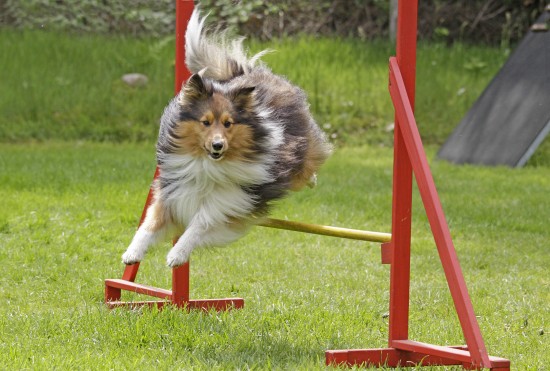 Frequently Asked Questions About Dog Agility
Frequently Asked Questions About Dog Agility
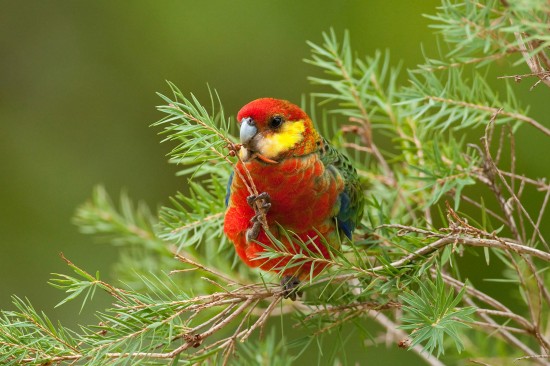 The Rosella Family Of Australian Parrots
The Rosella Family Of Australian Parrots
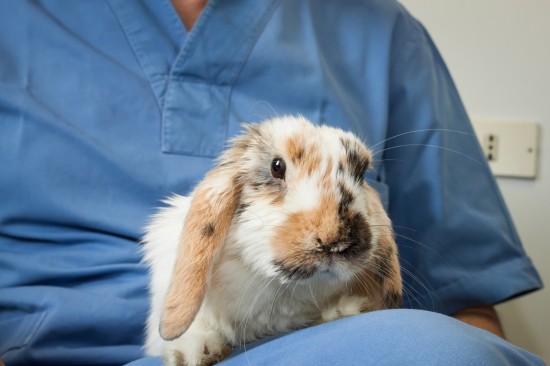 How To Deal With A Sick Rabbit Before Going To The Vet
How To Deal With A Sick Rabbit Before Going To The Vet
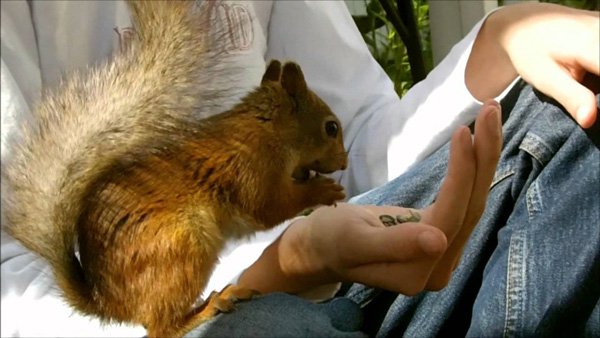 Chicken Runs: Here's a Shortlist of What to Expect When Buying
Chicken Runs: Here's a Shortlist of What to Expect When Buying
 7 Reasons Why Rabbits Are Eco-friendly Family Pets
7 Reasons Why Rabbits Are Eco-friendly Family Pets
 Some Frequently Asked Questions About Canine Epilepsy
Some Frequently Asked Questions About Canine Epilepsy
 Aloe Vera And Acemannan Benefits In Cats And Dogs
Aloe vera and Acemannan can be very benefic
Aloe Vera And Acemannan Benefits In Cats And Dogs
Aloe vera and Acemannan can be very benefic
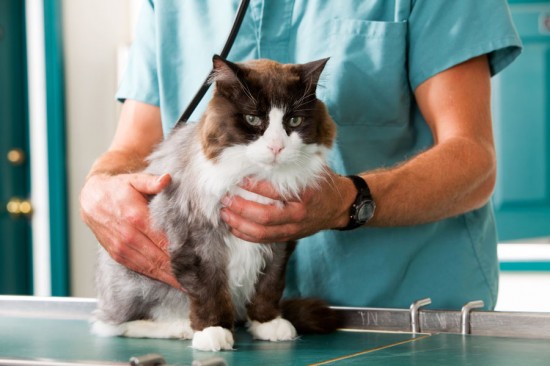 Dealing With Feline Infectious Peritonitis (fip)
Dealing With Feli
Dealing With Feline Infectious Peritonitis (fip)
Dealing With Feli
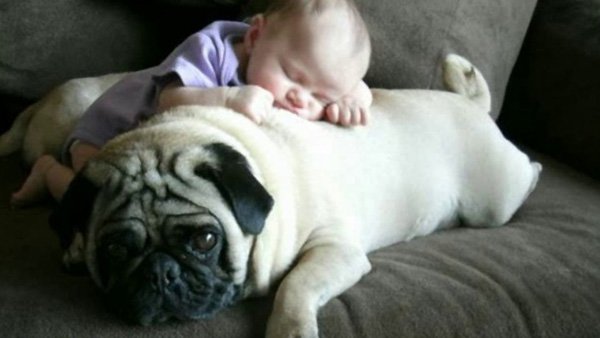 5 Basic Commands to Teach your Dog
5 Basic Commands to Teach your Dog
In this art
5 Basic Commands to Teach your Dog
5 Basic Commands to Teach your Dog
In this art
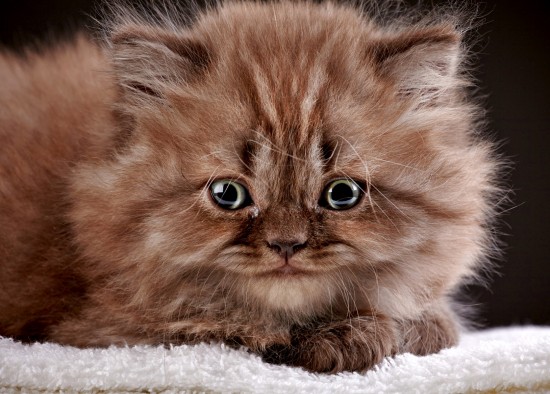 5 Common Health Issues In Cats You Can Help Prevent
5 Common Health I
5 Common Health Issues In Cats You Can Help Prevent
5 Common Health I
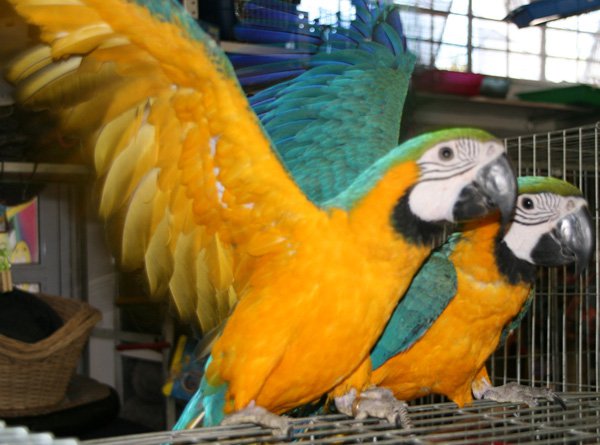 Perfect Services at Veterinarian Hospital in South Arlington
Perfect Services at Veterinarian Hospital in South Arlingt
Perfect Services at Veterinarian Hospital in South Arlington
Perfect Services at Veterinarian Hospital in South Arlingt